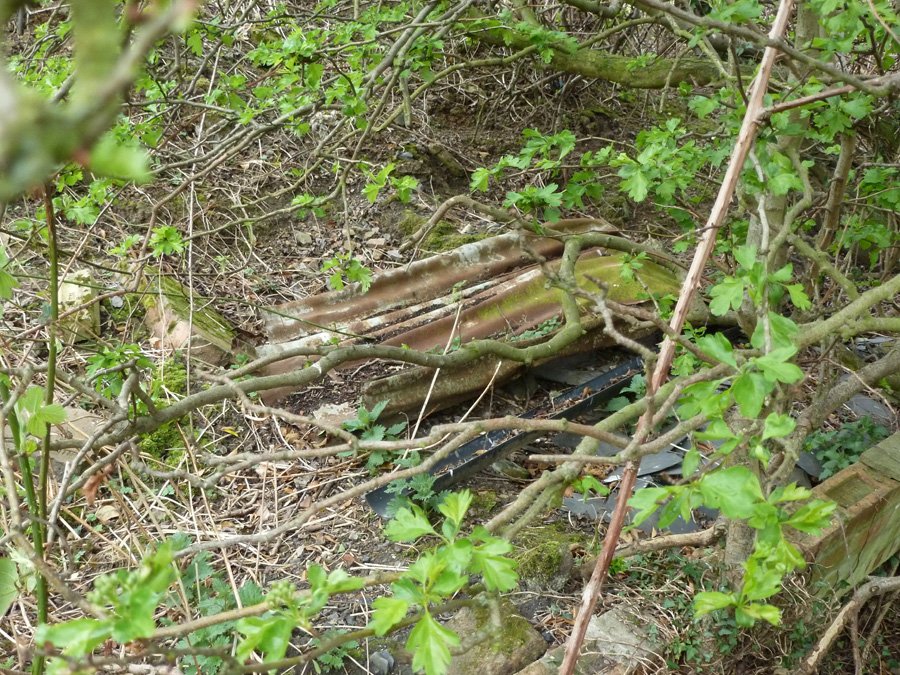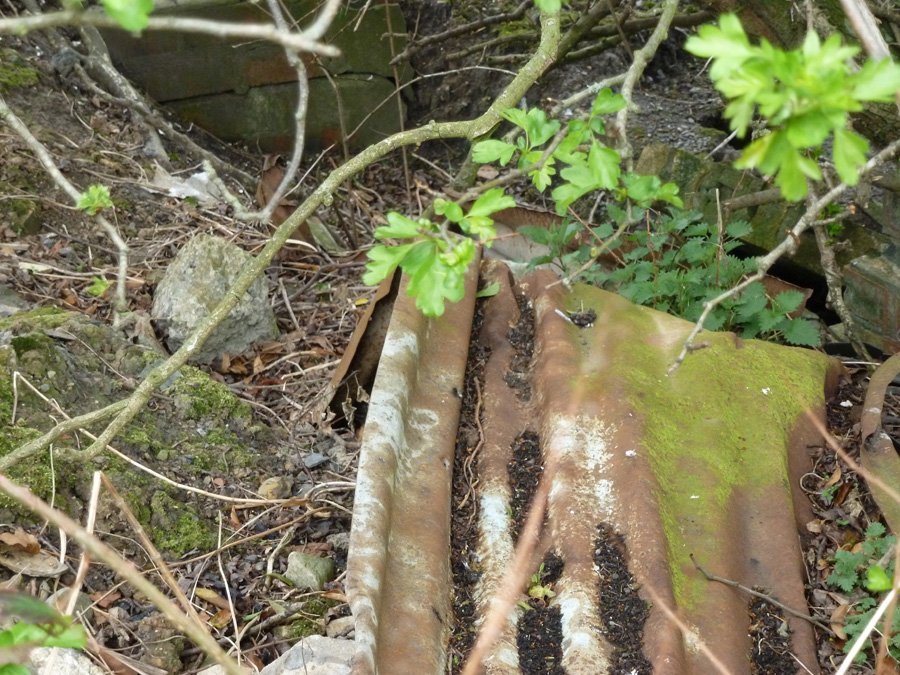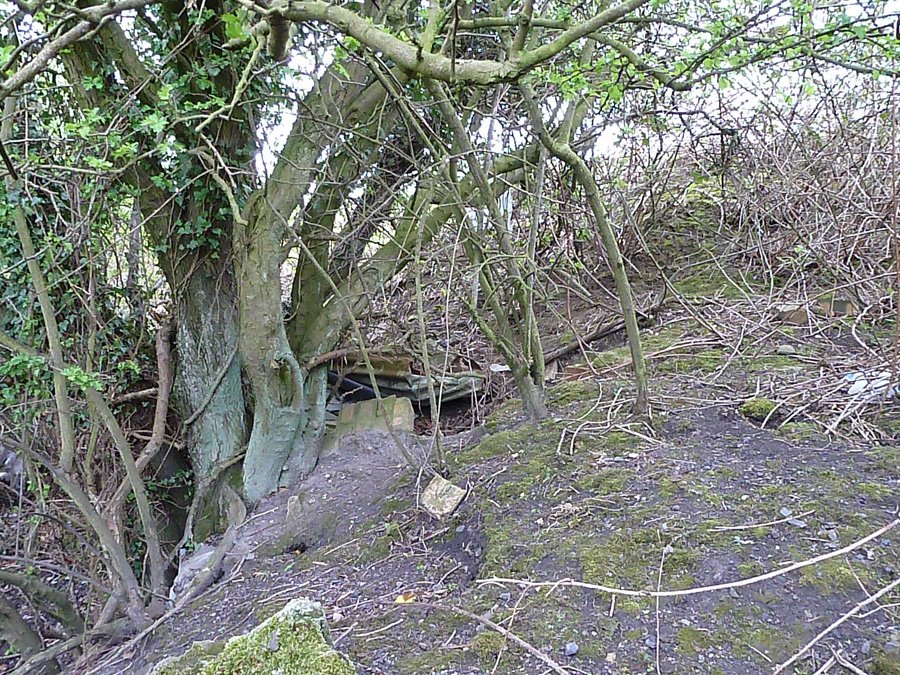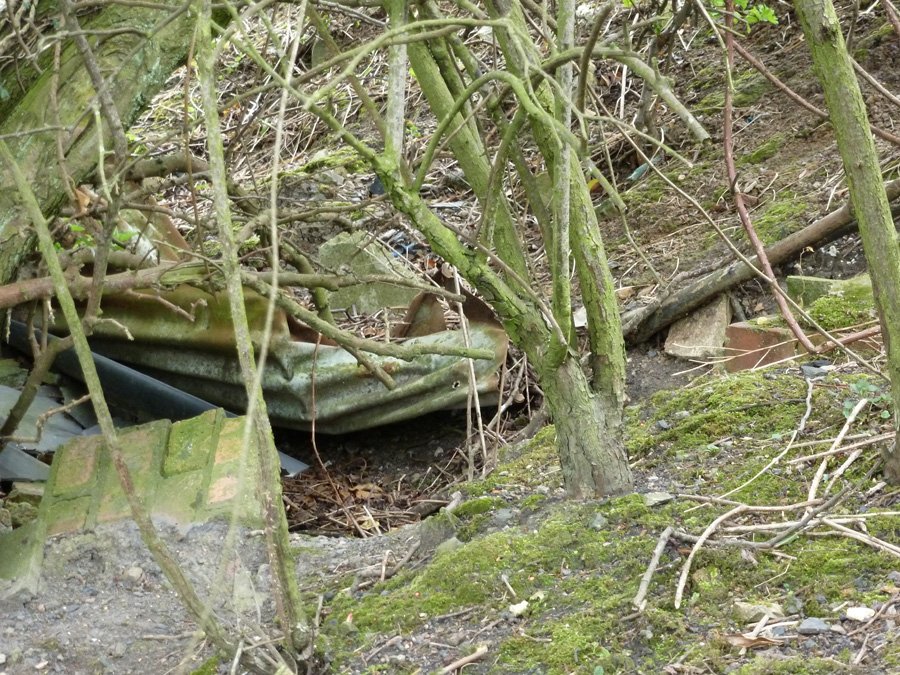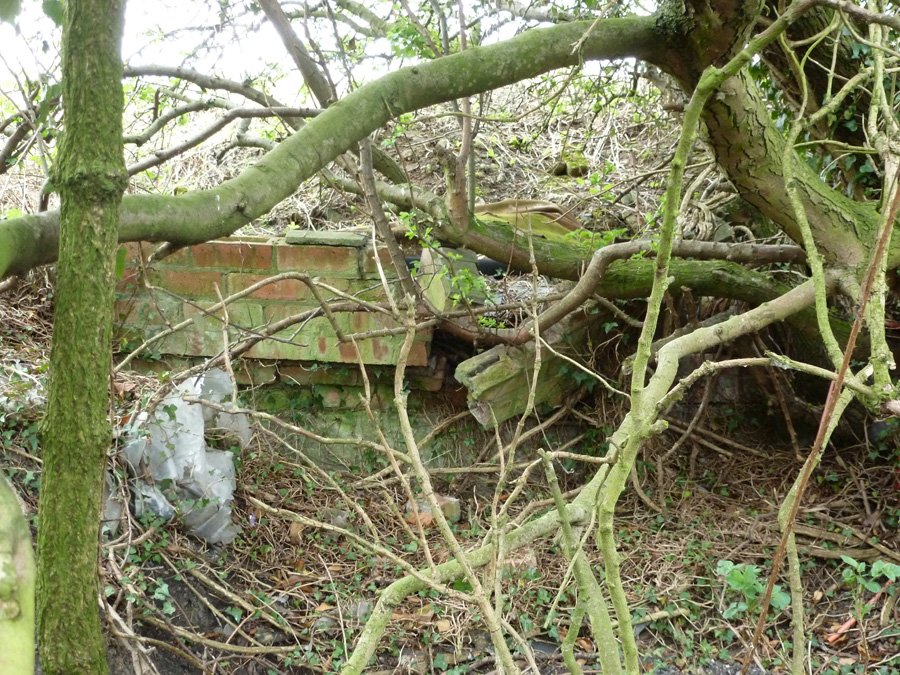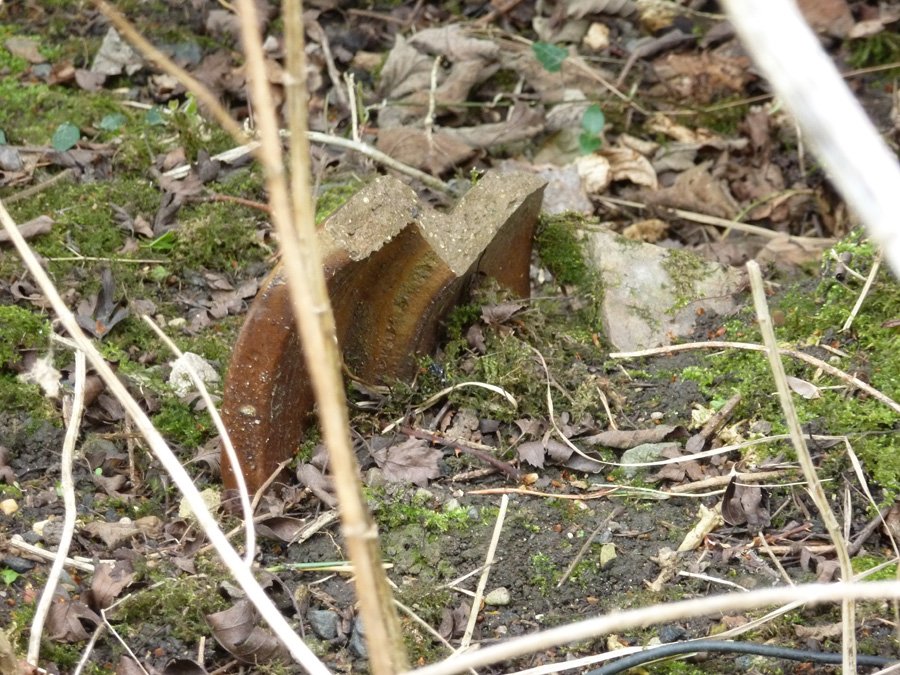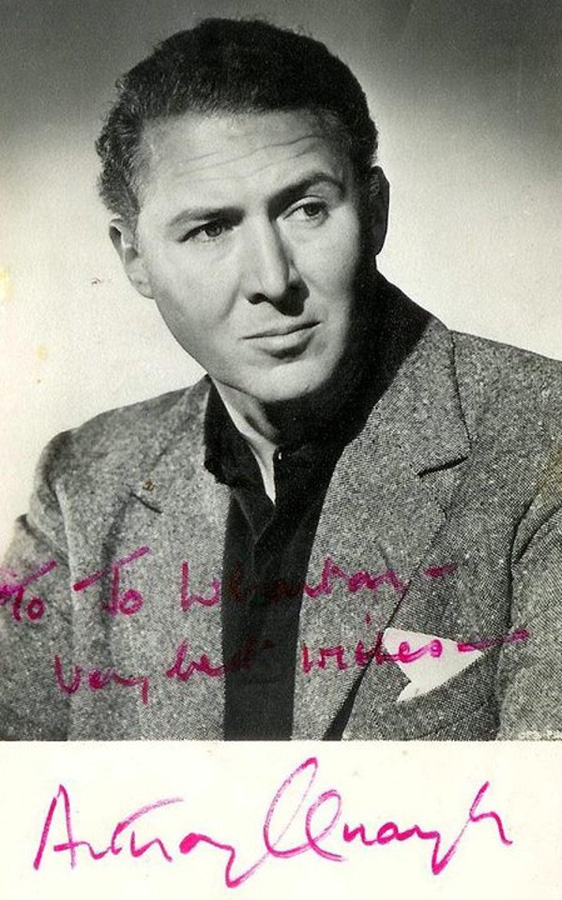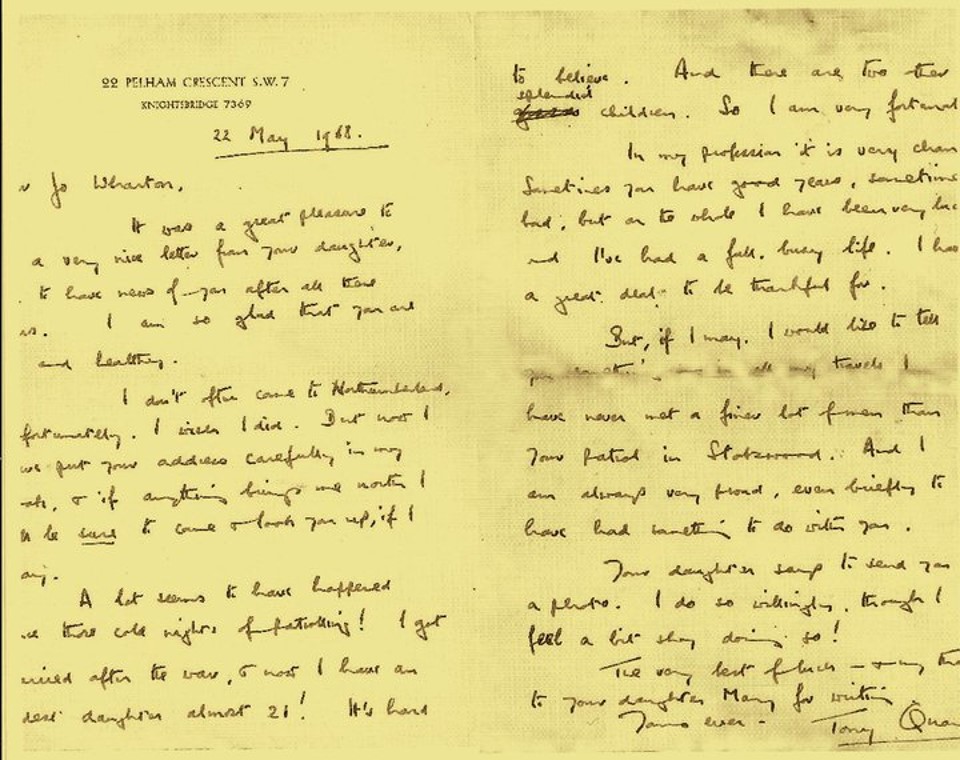The Patrol was based behind Stobswood Colliery close to Widdrington Station in Northumberland. Most of the Patrol worked in the mining industry.
| Name | Occupation | Posted from | Until |
|---|---|---|---|
| Sergeant John Hedley | Miner and foreman at Stobswood Screens |
Unknown | 03 Dec 1944 |
| Lieutenant John William Whitfield | Mining |
Unknown | Unknown |
| Private William Davidson Pringle | Farming & grazier |
Unknown | 03 Dec 1944 |
| Private George Douglas Trench | Mining hewer |
Unknown | 03 Dec 1944 |
| Private Michael Trench | Mining & farm labourer |
Unknown | 03 Dec 1944 |
| Private Robert Tweddle | Miner |
Unknown | 03 Dec 1944 |
| Private Joseph Wharton | Miner and ex soldier |
Unknown | 03 Dec 1944 |
The Patrol OB was a standard "Elephant" type shelter built by the 184th (S) Tunnelling Company Royal Engineers which like many in the area was built orientated east to west and was, remarkably, built in one night.
The OB was located behind a pit heap and close to a stream on the edge of a narrow wood, locally known as "Belt Wood".
Little remains on the site just general debris, as the OB was blown up at the end of the war.
Stobswood Patrol
Targets would have included the East Coast main railway line that was only a very short distance from the OB. Another railway target will have been the Amble Branch railway, which during WW2 was a big exporter of coal.
RAF Acklington, RAF Eshott and the Chain Home radar site at RAF Cresswell will also have been high up the target list for this Patrol.
The possible invasion beaches at Druridge Bay to the east will have been listed as possible targets too as would have been the Amble Harbour with it's small Royal Navy base.
The Q Decoy site near Hagg farm will also have been targeted.
The Patrol Sergeant will have been sent to Coleshill House for specialist courses with the Patrol also travelling to Cupar in Fife for the Commando course.
More locally they would have trained at Druridge Bay with Patrol member Robert Tweddell teaching them grenade practice. Indeed, most were already used to handling explosives thanks to their mining background.
The Patrol will have been equipped with the Auxiliary Unit Mark 2 kit, a sniper rifle and Smith & Wesson pistols.
The Patrol was the Auxiliers referred to by Captain J.A. Quayle in his story of a night exercise were the unit had to capture him. On a freezing cold night he waited for hours for them to arrive and do the training but no one showed up. Cold and tired Quayle went back to his car to find the Patrol sitting inside the car having already fitted explosive charges under the car. He had not been more than 20 yards away the whole time. Captain Quayle was very impressed by the Patrol's ability to move and not be seen.
The Patrol went to the Isle of Wight as part of the island garrison just before D-Day and also went to Balmoral the guard the Royal Family.
They called themselves "The Death or Glory Boys".
A local man, Bill Todd, told of how he and two of his friends found the OB towards the end of WW2. They climbed into the OB and crawled along the escape tunnel. The OB was fitted out with bunk beds. Bill was about 12 years old at the time and kept quiet about the find for many years.
The National Archives in Kew ref WO199/3389
Hancock data held at B.R.A
Anthony Quayle interviews
John Tweddle
Alan McKenzie
Thomas Rochester
Bill Todd
